Ever had that moment when you leave a chat feeling totally wiped out, as if someone unloaded a ton of emotional baggage on you? You might have experienced something called trauma dumping. In today’s world, where sharing personal struggles is encouraged, there’s a fine line between healthy venting and trauma dumping. This article breaks it all down —what is trauma dumping meaning, and how to manage it without hurting yourself or others.
What is Trauma Dumping?
Understanding the concept of trauma dumping begins with recognizing its fundamental characteristics. To define trauma dumping, it refers to sharing deeply personal, often distressing experiences with others in a way that feels overwhelming or one-sided. This behavior typically occurs without warning and places an emotional burden on the listener, who may not be prepared or equipped to handle such disclosures.
It means sharing strong emotions or upsetting experiences without permission. The Cambridge Dictionary says it’s sharing trauma “without permission, in an inappropriate place and time, to someone who may not have the means to process it.” It often leaves everyone feeling more distressed and helpless.
The term “traumadumping,” though not officially recognized in clinical mental health settings, has become increasingly prevalent in discussions surrounding communication and psychological well-being. Primarily, trauma dumping is usually driven by unresolved emotional distress, often linked to conditions like depression, anxiety, PTSD, or high-stress environments.
Trauma Dumping vs. Healthy Venting:
Trauma dumping and healthy sharing differ significantly in both their approach and the context in which they occur. Healthy sharing involves checking in with the other person before discussing heavy topics, whereas trauma dumping regularly happens suddenly, without asking if the listener is in the right space to receive such information.
Unlike trauma dumping, healthy sharing is typically mutual, where both individuals are actively involved in the conversation and participate in a balanced emotional exchange. It also comes with boundaries and mutual respect for emotional capacities. Consequently, healthy sharing helps build connection and understanding, while trauma dumping can leave the listener feeling drained, overwhelmed, or even triggered.
Healthy venting typically focuses on day-to-day struggles and occurs in a balanced exchange where both parties have the opportunity to express themselves and offer mutual support. On the other hand, trauma dumping involves sensitive and distressing content that goes beyond everyday stressors, and the conversation tends to be one-sided and focused solely on the person sharing their trauma.
Ultimately, recognizing the difference between healthy sharing and trauma dumping is essential for maintaining positive relationships and supporting genuine healing and connection.
| Healthy Venting Characteristics | Trauma Dumping Characteristics |
| Consent: “Hey, I’m having a rough day. Do you have a few minutes to listen?” | No Consent: Immediately launching into heavy topics without permission |
| Reciprocity: The conversation flows both ways, with active listening and response | One-sided: Dominating the conversation without space for the other person |
| Timing: Consideration for the other person’s emotional state and availability | Poor Timing: Ignoring whether the listener is prepared or available |
| Boundaries: Respect for the listener’s comfort level and capacity | Boundary Crossing: Continuing despite visible discomfort or attempts to change topics |
| Purpose: Seeking genuine connection, advice, or emotional support | Self-focused: Using the other person as an emotional dumping ground |
| Follow-up: Checking in on how the conversation affected the other person | No Follow-up: Little concern for how the sharing affected the listener |
What are examples of trauma dumping?
- Telling a coworker about a deeply traumatic childhood event in the middle of a meeting.
- Releasing a long, emotionally intense rant on social media without warning.
- Sharing graphic details of a recent trauma with a casual acquaintance you just met.
- Repeatedly talking about past trauma to a friend who has expressed discomfort or exhaustion.
- Rejecting advice or solutions while continuing to focus on discussing the trauma.
- Starting intense conversations without checking if the other person is in a good mental space.
- Introducing traumatic topics at inappropriate times or settings.
- Using cryptic or concerning statements to prompt questions about one’s mental state.
- Responding to others’ struggles by immediately sharing more extreme personal trauma.
- “Sadfishing” – intentionally posting sad content to generate sympathy and attention.
Why Do People Trauma Dump?
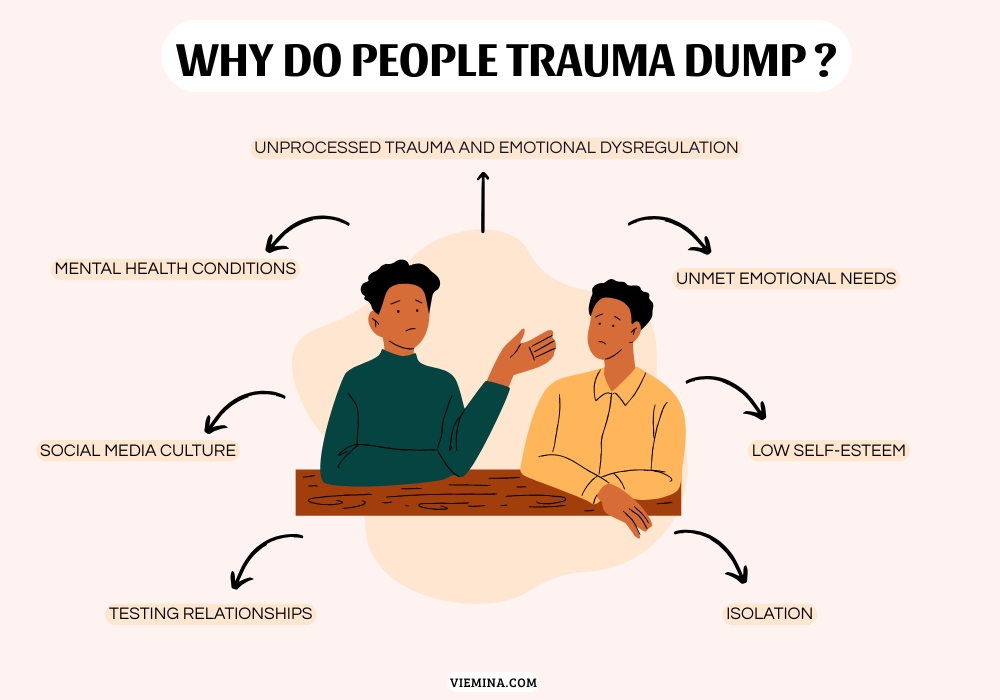
Behind every instance of trauma dumping lies complex psychological mechanisms. People who share traumatic experiences inappropriately often struggle with deeper issues that drive this behavior, rather than simply lacking social awareness.
Recognizing the psychological roots of trauma dumping helps us approach both ourselves and others with greater empathy, while still preserving healthy emotional boundaries.
1-Unprocessed trauma and emotional dysregulation:
At the core of trauma dumping lies emotional dysregulation – the difficulty in managing the intensity or duration of emotional responses. This challenge directly impacts how people process and communicate traumatic experiences.
Related: 23 Signs of Repressed Childhood Trauma in Adults
2-Unmet Emotional Needs:
Many people who are a trauma dump are desperately seeking connection and validation. They may lack adequate support systems or professional help, leading them to seek emotional relief wherever they can find a listening ear. According to Psychology Today, individuals who consistently overshare typically have unresolved attachment issues or fear of abandonment, driving them to create instant intimacy through vulnerability.
3-Isolation:
Feeling isolated can lead to trauma dumping as a misguided attempt to connect with others and alleviate loneliness.
Related: living alone
4-Low self-esteem:
Individuals with low self-esteem may engage in trauma dumping as a way to seek validation and attention from others.
Related: Low Self Esteem: 10 Effective Ways to Improve Self-Worth
5-Mental Health Conditions:
Certain mental health conditions can lead to trauma dumping behaviors. Post-traumatic stress disorder (PTSD) can create an urgent need to process traumatic experiences, sometimes leading to inappropriate sharing. Anxiety disorders might drive someone to seek constant reassurance and validation. Borderline personality disorder can involve intense emotional experiences that feel overwhelming and urgent to share.
6-Testing Relationships:
Trauma dumping sometimes serves as an unconscious test of relationships. The person might be trying to see who will stick around when things get difficult, or they may be pushing people away as a form of self-protection. It’s a complex psychological pattern where vulnerability becomes both a plea for help and a defense mechanism.
Related: relationship
Related: 7 Stages of Trauma Bonding: Effects, Causes & How to Heal
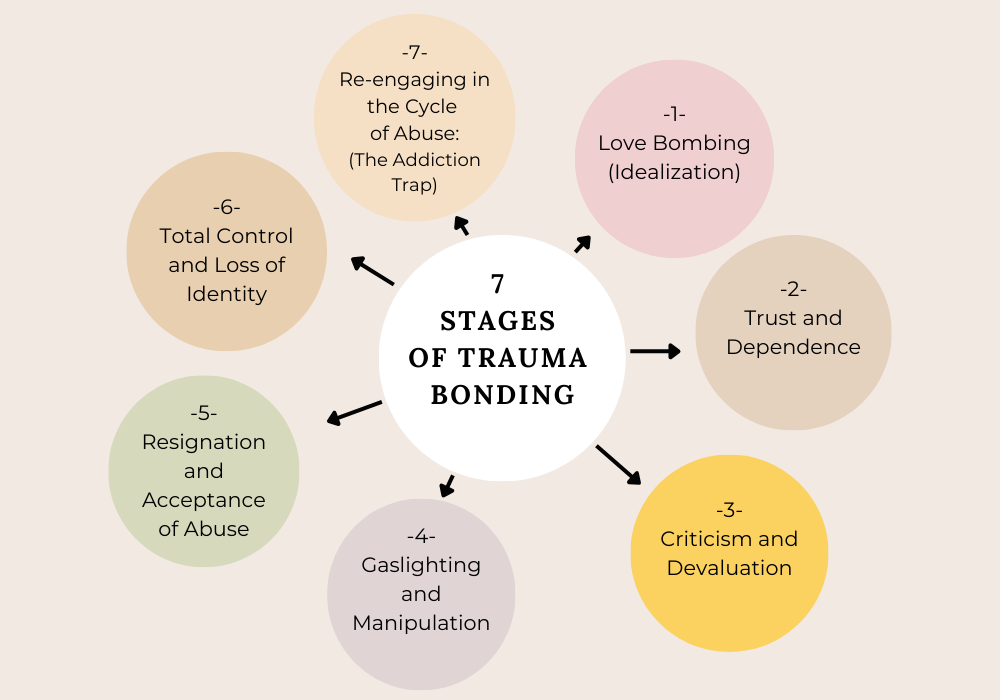
7-Social Media Culture:
Our current culture of online oversharing has normalized the broadcasting of personal information. The constant exposure of others’ private lives on social media platforms can blur the lines between appropriate sharing and emotional dumping, making some people believe that detailed personal disclosure is normal in all contexts.
Signs You Might Be Trauma Dumping:
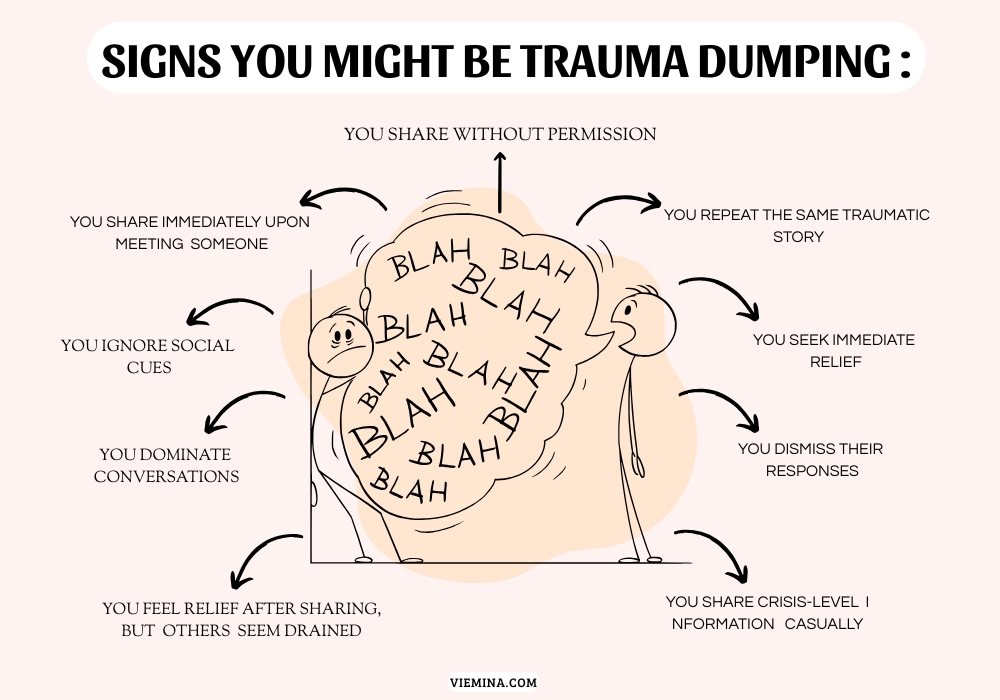
You launch into personal stories without asking if the other person has the emotional bandwidth to listen. You might rationalize this by thinking, “They should just tell me if they don’t want to hear it,” but healthy communication requires checking in first.
2-You Dominate Conversations:
Your interactions consistently center around your problems and experiences. You find yourself talking for long periods without pausing to ask about the other person or giving them space to respond meaningfully.
3-You Ignore Social Cues:
The other person looks uncomfortable, changes the subject, checks their phone, or gives short responses, but you continue sharing anyway. You might notice these signs but feel compelled to keep talking because your need for emotional release feels urgent.
4-You Seek Immediate Relief:
You feel an urgent need to unload your emotional burden right now, regardless of timing, location, or the other person’s current state of mind or availability.
5-You Dismiss Their Responses:
You brush off advice, suggestions, or attempts to help, using conversations primarily as a way to vent rather than genuinely seeking solutions or support.
6-You Repeat the Same Traumatic Story:
One of the clearest signs of trauma dumping is the repetitive sharing of the same traumatic experience.
Notably, this repetition often serves as an attempt to process unresolved emotions. However, without proper therapeutic support, repeatedly sharing traumatic stories rarely provides the relief sought. Instead, it can deepen emotional distress for both the speaker and listener.
7-You Feel Relief After Sharing, But Others Seem Drained:
You notice that after heavy conversations, you feel better while the other person seems tired, withdrawn, or eager to end the interaction. This imbalance suggests that you may be using them as an emotional outlet rather than engaging in mutual support.
You discuss suicidal thoughts, abuse, or other serious concerns in casual settings or through text messages without considering the weight of this information for the recipient.
Within minutes of meeting someone new, you’re discussing deeply personal topics like relationship problems, family trauma, or mental health struggles. While some people are naturally open, immediate intimate disclosure often indicates poor boundary awareness.
How to Stop Trauma Dumping (If You’re Doing It):
Breaking the cycle of trauma dumping requires developing new habits and coping strategies. Here’s how to transform your communication patterns while still getting the support you need:
1-Ask Yourself the Right Questions:
Before sharing difficult experiences, pause and ask yourself:
- Is this person the right audience for this information?
- Is this the right time and place for this conversation?
- Have I asked for consent to discuss something heavy?
- What am I hoping to gain from sharing this information?
- Is this person equipped to handle what I’m about to share?
These questions help determine whether you’re seeking genuine connection or simply unburdening yourself at someone else’s expense.
2-Build Emotional Regulation Skills:
Emotional regulation enables you to manage intense feelings without becoming overwhelmed. Primarily, these skills include:
- Reframing negative thoughts to focus on learning opportunities rather than catastrophizing.
- Practicing acceptance of difficult emotions without trying to eliminate them.
- Take Strategic Breaks step away when emotions intensify to avoid impulsive reactions or oversharing.
- Communicate calmly and assertively, express your feelings in a clear, respectful manner without overwhelming others.
These techniques help widen your “emotion regulation bandwidth,” makes you stay grounded and less reactive in emotionally charged situations.
3-Use Journaling:
Writing can provide the emotional release you’re seeking without burdening others. Try stream-of-consciousness journaling, where you write continuously for 10–15 minutes about whatever is troubling you. This practice can help process emotions before deciding what, if anything, to share with others.
Related: 10 Powerful Tips to start Journaling and make it a Habit
4-Seek Professional Help:
Therapists, counselors, and support groups exist specifically to help process traumatic experiences. They have the training and emotional capacity to handle heavy content in ways that friends and family members may not. Consider therapy not as a last resort but as a primary tool for healing.
5-Ask for Permission First:
Transform your sharing by simply asking: “I’m going through something difficult right now“. Do you have the emotional bandwidth to listen, or would another time be better?” This 30-second check-in shows respect for the other person’s boundaries and current state of mind.
6-Learn to Read Social Cues:
Pay attention to body language, responses, and verbal cues. If someone checks their phone, gives short responses, or tries to change the subject, they may be overwhelmed. Practice asking: “How are you feeling about this conversation?“
Remember, the goal isn’t to stop sharing entirely—it’s to share in ways that strengthen rather than strain your relationships.
7-Develop Your Support Network:
Identify 2-3 trusted people who have explicitly agreed to be your emotional support contacts. Rotate between them rather than overwhelming one person, and respect their availability when they say they can’t talk.
8-Practice the “Headline First” Method:
Start conversations with a brief summary: “I had a rough day and need to vent for a few minutes” rather than diving straight into graphic details. This gives the listener a chance to prepare mentally or suggest a better time to talk.
How to Deal with Someone Who Trauma Dumps on You:
Here are some effective strategies for navigating situations where someone engages in trauma dumping:
1-Set Clear Boundaries Respectfully:
You have the right to safeguard your emotional energy and well-being. Use gentle but firm language: “I can see you’re going through a really difficult time, and I want to be supportive. Right now, I don’t have the emotional bandwidth for such heavy topics. Could we talk about this when I’m in a better headspace to listen?”
This validates their pain while protecting your boundaries—a skill therapists use called “therapeutic redirection.”
2-The “Side-by-Side Support” Shift:
Sometimes, the intensity of direct, focused trauma dumping can be eased by shifting the dynamic. Introducing a low-pressure, shared activity can make the conversation feel less like an interview and more like a companionship, allowing natural ebbs and flows.
Examples:
- “I’m happy to listen. How about we chat while we take a walk through the park? Sometimes moving helps me process things better, and maybe it will for you too.”
- “I’m just tidying up the kitchen/doing some light gardening, but I can definitely lend an ear while I do that. Feel free to share what’s on your mind.”
3-Don’t Try to Fix Everything:
Resist the urge to solve all their problems or provide extensive advice. Often, trauma dumpers are seeking emotional release rather than solutions. Simple acknowledgments like “That sounds really difficult” can be more helpful than trying to fix their situation.
4-Know When to Suggest Professional Help:
If someone regularly shares thoughts of self-harm, describes ongoing abuse, or discusses severe mental health symptoms, gently suggest professional resources.
You can say:
- “What you’re describing sounds like something a trained counselor could really help with. Would you like help finding some resources?”
- “What you’re describing sounds really difficult, and honestly, it’s a bit beyond what I feel equipped to help with. There are professionals who are really good at supporting people through things like this. They have tools and techniques that can really help.”
5-Practice Emotional Fire walling:
Just as computers use firewalls to block harmful data, you can create emotional firewalls. Before conversations with known trauma dumpers, spend 2 minutes setting an intention: “I will listen with compassion, but their crisis is not my emergency.” This mental preparation activates your prefrontal cortex, helping you stay regulated when they become dysregulated.
6-Recognize and Address Trauma Contagion:
Secondary trauma is real—repeatedly hearing graphic details can affect your own mental health. Signs include intrusive thoughts about their experiences, sleep disruption, or feeling anxious when you see their name on your phone. If you notice these symptoms, it’s crucial to seek your own support and potentially limit exposure to protect your psychological safety.
7-Practice Emotional Mirroring Reversal:
Instead of matching their emotional intensity (which leads to escalation), deliberately model the energy you want the conversation to have. Speak slower, lower your voice, and use calm body language. Mirror neurons often cause others.
So rather than feeding the emotional fire, you gently cool it down.
Related: How to Be More Attractive? 10 Rules To Boost Your Charisma
Related: The psychology of emotional mirroring – and how to stop it
8-Establish Time Limits:
If you choose to listen, set boundaries around the conversation: “I have about ten minutes to chat right now” or “I’m available to listen until ( X minutes), then I need to focus on ( X task).” This prevents the conversation from taking over your entire day.
9-Practice Self-Care After the Conversation:
After being exposed to someone’s trauma dumping, your nervous system may remain activated long after the conversation ends. Implement a quick “emotional reset” by spending 10 minutes doing something that engages your senses differently—listen to uplifting music, step outside for fresh air, or practice deep breathing exercises. This isn’t just about feeling better; it’s about preventing secondary trauma and clearing any emotional residue you may have absorbed. Think of it as psychological hygiene—Like brushing the sand off your feet after leaving the beach, you need to cleanse your mental space after processing someone else’s heavy emotional content.
Related: 9 Types of Self Care Everyone Needs to Practice
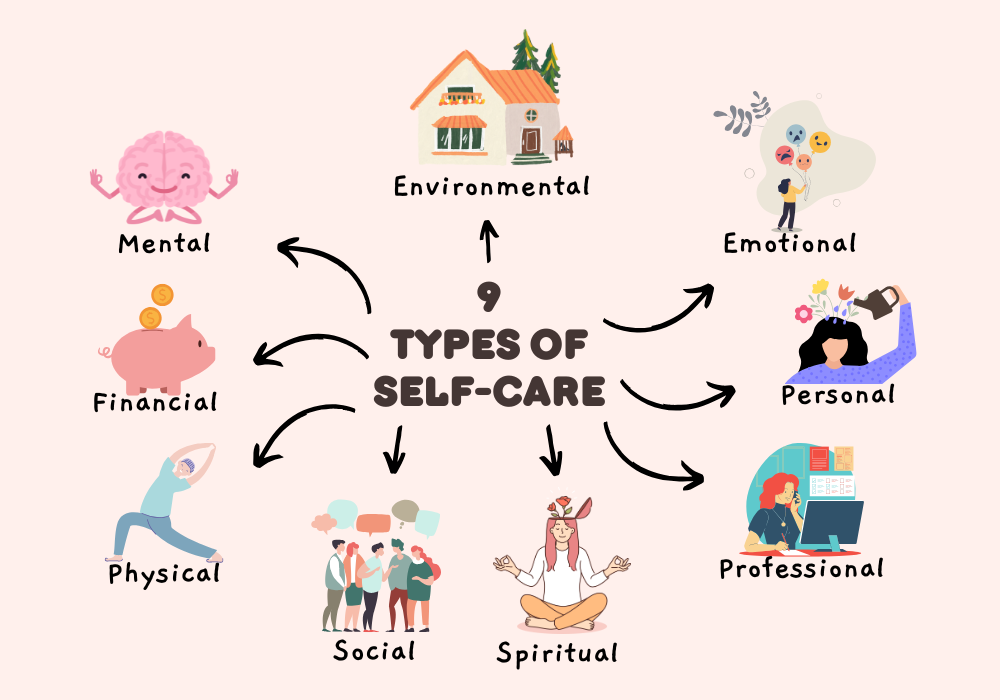
10-Implement the Gray Rock Method for Persistent Dumpers:
If someone consistently ignores boundaries, become uninteresting by giving minimal responses: “Mm-hmm,” “That’s tough,” or “I see.” Don’t ask follow-up questions or provide detailed reactions. This technique, borrowed from abuse recovery, makes you a less appealing target for emotional dumping without being overtly hostile.
Conclusion:
Understanding trauma dumping is essential for maintaining healthy relationships and protecting our collective mental wellbeing. The line between seeking support and overwhelming others can be subtle, but it’s a distinction that significantly impacts our connections with family, friends, colleagues, and romantic partners.
Whether you recognize yourself as someone who occasionally trauma dumps or find yourself frequently on the receiving end of others’ emotional overflow, remember that awareness is the first step toward positive change. For those who struggle with oversharing, developing better emotional regulation skills and seeking appropriate professional support can transform not only your relationships but also your own healing journey.
For those who find themselves absorbing others’ trauma, learning to set compassionate boundaries isn’t selfish – it’s necessary for maintaining your capacity to be genuinely supportive when appropriate. You cannot pour from an empty cup, and protecting your emotional energy allows you to show up more fully in all areas of your life.
The goal isn’t to eliminate vulnerability or emotional sharing from our relationships. Instead, it’s to create a culture of mindful communication where difficult experiences can be shared in ways that honor both the speaker’s need for support and the listener’s emotional capacity and consent.
FAQs
How can I recognize if I’m engaging in trauma dumping?
Signs of trauma dumping include dominating conversations with overwhelming stories, sharing sensitive content without considering the listener’s feelings, repeatedly discussing the same traumatic events, and seeking constant validation without reciprocating support.
What’s the difference between healthy venting and trauma dumping?
Healthy venting involves sharing frustrations with consent, is time-limited, and often leads to both parties feeling better. Trauma dumping, however, is one-sided, occurs without permission, and typically leaves the listener feeling drained or overwhelmed.
Trauma dumping on social media involves sharing deeply personal, traumatic, or crisis-level information publicly without warning or consideration for your audience. This might include detailed posts about abuse, mental health crises, or family dysfunction shared with hundreds of followers who didn’t consent to receiving such heavy content. While social media can be a source of support, broadcasting trauma publicly often doesn’t provide the targeted help needed and can overwhelm your network.
Is trauma dumping toxic behavior?
Trauma dumping isn’t inherently toxic, but it can become harmful when it’s repeated, one-sided, and shows no consideration for others’ boundaries. The behavior often stems from unmet emotional needs rather than malicious intent. However, chronic trauma dumping can damage relationships, create emotional exhaustion in others, and prevent the person from seeking appropriate professional help. The key factor is whether the behavior shows respect for others’ emotional capacity and consent.
Why do some people tend to trauma dump?
People may trauma dump due to unprocessed trauma, emotional dysregulation, a desperate need for connection or validation, or lack of access to professional support. It’s often an unconscious attempt to relieve emotional burdens.
How can I set boundaries to prevent trauma dumping?
To set boundaries, be honest and direct about your limits, establish appropriate times and places for heavy conversations, encourage seeking professional help, and practice self-care. Remember to reinforce these boundaries with compassion.
What strategies can help me stop trauma dumping?
To stop trauma dumping, practice self-awareness by asking yourself key questions before sharing, work on emotional regulation skills, seek therapy or join support groups, and find alternative outlets for expression like journaling or art. These coping mechanisms can help manage the urge to trauma dump and promote healthier communication.
Can trauma dumping be a trauma response?
Yes, trauma dumping can be a trauma response. People who have experienced trauma may develop hypervigilance around relationships, leading them to share intensely personal information quickly to test others’ reactions or create instant intimacy. Trauma can also disrupt normal boundary development, making it difficult to gauge appropriate levels of sharing. Additionally, the urgent need to process traumatic experiences can drive inappropriate disclosure when professional support isn’t available.

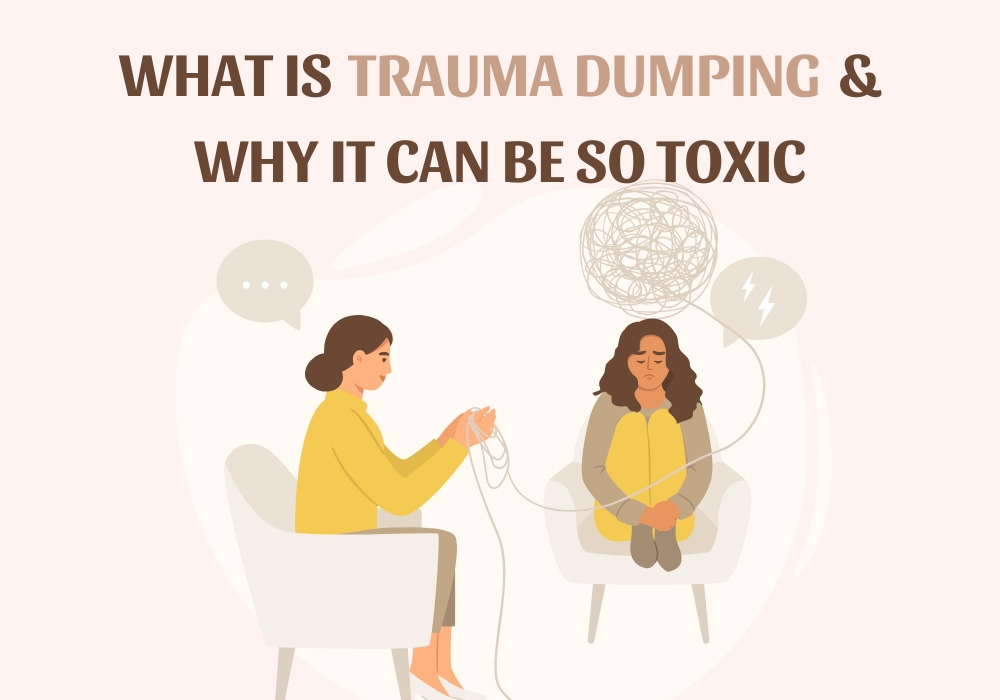


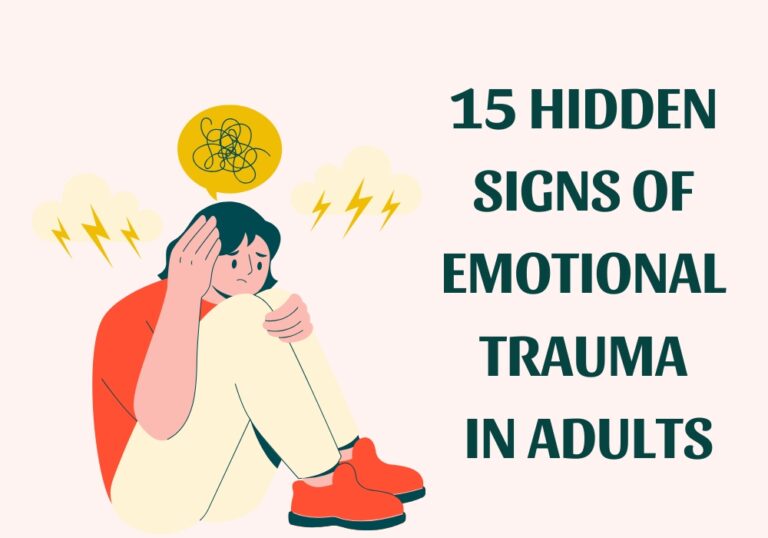




thanks for info.